
One of the most substantial operational expenses in both small and large businesses is electricity. In the US, the average business consumes 6,278 kWh per month, which is equivalent to about $654. This can go up or down depending on the energy price – still, a hefty amount to pay for in addition to other expenses.
Fortunately, you can take several steps to reduce your energy consumption. Here are some tips on how you and your staff can cut your energy bill.
Conduct an energy audit
An energy audit includes the inspection of your building for the purpose of energy conservation. Hiring an energy auditor will help you spot issues that could contribute to your high energy consumption. The auditor will also help you prioritize your energy consumption so you can save money.

During an energy audit, your building will be inspected from the outside. The windows, walls, and other structures will be examined for leaks. On the inside, the auditor will inspect the insulation, electric lines, furnace, lights, and more.
Normally, energy audits are done when an establishment first opens. Then, another audit is recommended if there is a change in the use of the building or if energy-consuming equipment is replaced.
Get energy-efficient office equipment
The electronics that you use in your office have a huge impact on your expenses. Before buying or leasing a piece of equipment, make sure that it has an Energy Star label. Energy Star-certified electronics are guaranteed to reduce energy use without sacrificing performance.
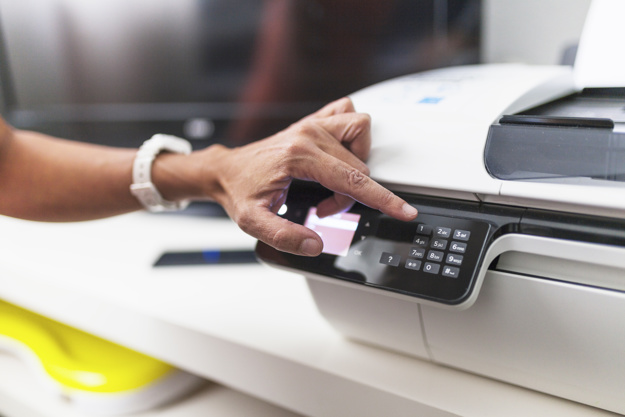
Use energy-saving neon lights and signs
Neon light signs are commonly used by businesses that operate at night until dawn. They’re eye-catching, attractive, and aesthetically-pleasing. However, they can also rack up your energy bills. Fortunately, you can use energy-saving neon lights that use LED neon flex. LED lights convert 95% of their energy into light, and only 5% is wasted as heat energy. Check out Ginde Star’s company website to know more about energy-efficient neon lights.

Unplug electronics when not in use
It’s a simple but often overlooked habit. Unplugging electronics when they are not in use can significantly lower your energy costs. Turning off electronics and leaving them plugged in can contribute to phantom loads—electricity that is being generated when electronics are left on standby.
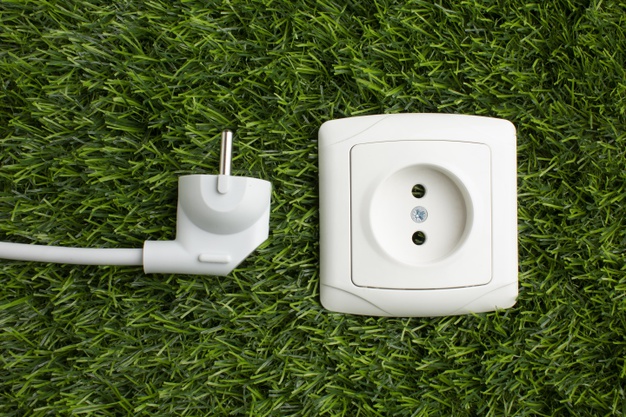
Source: https://www.freepik.com/free-photo/top-view-socket-with-charger_8726647.htm#query=socket&position=6
Even if you’re only using a piece of equipment for 4 hours, it can still use up energy for the rest of the day if it’s plugged in. To prevent your equipment from drawing phantom loads, disconnect it immediately after turning it off.
Clean the HVAC Filters Regularly
Your HVAC system filters tons of particles every day as you use the air conditioner and heater. When too much dust and debris get stuck in the HVAC filters, the machines will have to work double-time to provide sufficient cooling and heating. The result? Higher energy consumption.
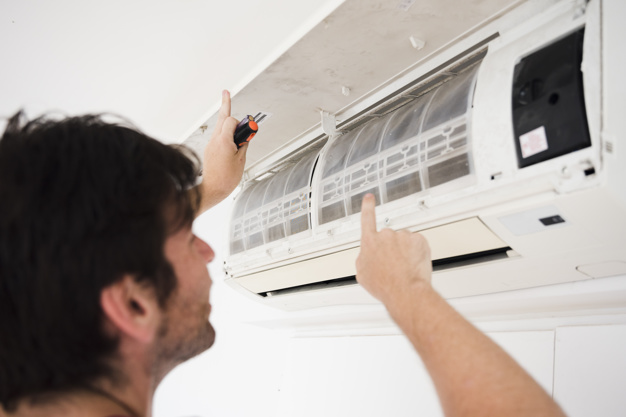
Change the filter or clean it out regularly, preferably every month. Disposable filters are inexpensive and cost less than paying additional fees for your bill. Furthermore, cleaning out the filters will improve indoor air quality.
Look out for leaks
Inspectors always look for leaks during energy audits, but leaks can occur long before your next scheduled audit. Heating and cooling loss can be costly for your business, so make sure to constantly look out for leaks. Check the windows, doors, and other places where air could escape. If you notice any leak, have it plugged or repaired immediately.

Set a timer for the thermostat
Your air conditioner and heater don’t have to be in full blast the entire day. Program the thermostat to a higher setting during peak hours, whenever there is higher traffic in your office or store. Turn it down during off-peak hours or whenever the establishment is unoccupied.
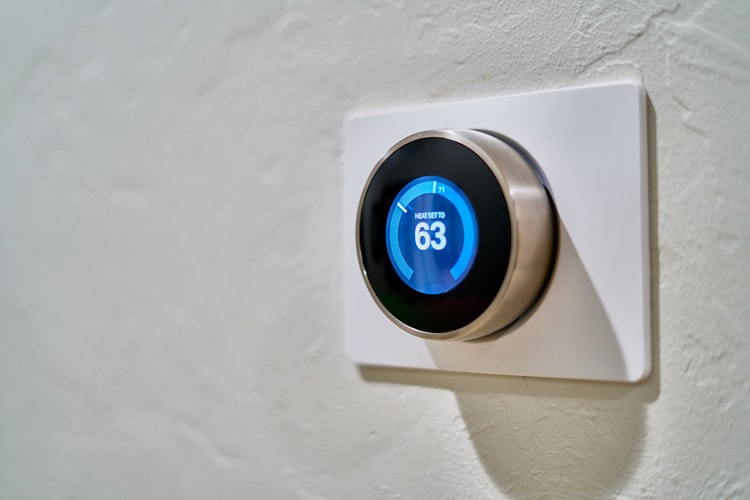
Source: https://unsplash.com/photos/RFAHj4tI37Y
The Department of Energy suggests lowering the thermostat at 7°-10°F for 8 hours a day from its normal setting. This will help you save as much as 10% a year in heating and cooling costs.
Change your light bulbs
Does your business still use incandescent light bulbs? It’s time to switch to greener and more cost-effective options like CFL and LED bulbs. These types of light bulbs emit brighter light and use up lesser energy, which will lower your electric consumption.
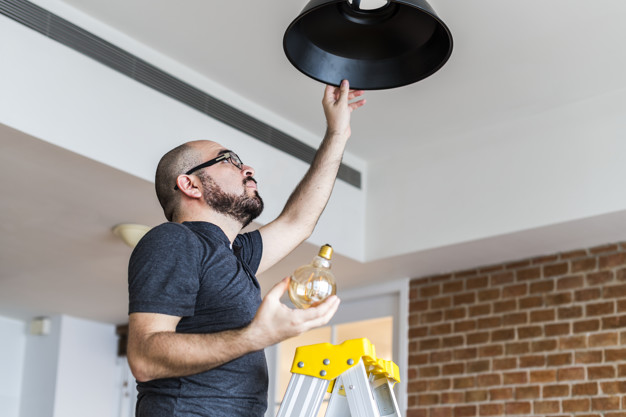
Traditional incandescent bulbs only emit 81 lumens of light and last for only 1,200 hours of usage. On the other hand, CFL bulbs emit 450 lumens and can be used up to 8,000 hours. If you want the best bang for your buck, use LED bulbs: they emit 800 lumens of light and last up to 25,000 hours of usage.
Get employees to save energy too
Perhaps the best and most efficient way to save energy in your office or store is to get everyone to do it. Employees should be informed of your business’s energy consumption rates and how they can help reduce it. They should also be aware of how their day-to-day roles impact your energy consumption.

You can inspire your employees to develop energy-efficient habits by educating them, providing tips, and giving friendly reminders. Saving energy is a team effort, so it’s important to get everyone in your business to save energy too.
Conclusion
Running a business entails several operational expenses, including energy bills. If you have a physical office or store, the costs can go up if you’re not conscious about your energy usage. The energy-saving tips mentioned above should help you reduce your expenses so that you’ll save money and lessen your carbon footprint.